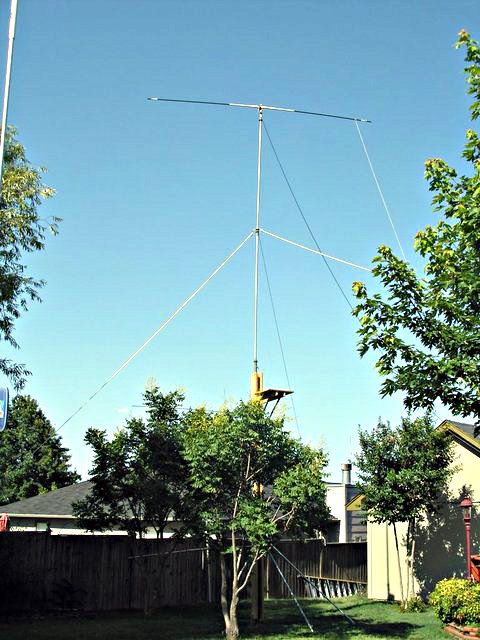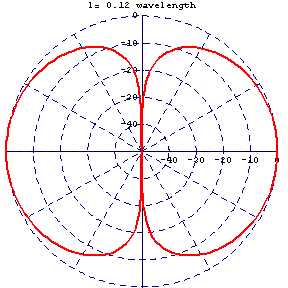Well Homer I've been reading around a lot, as well as a bunch of old threads here, and it just makes sense to me, but I'm not the know-all & end-all in the knowledge basket, just a learner walking through life watching & listening, trying to learn.
That's why I've devised a definitive test which will show beyond all possible questionable doubt just what that big aluminum ice cream cone really does.
I kinda hope I'm mistaken about it and that the whole bloody thing radiates, making it the biggest & bestest out there, but I have my doubts.
Also, I know it takes a full additional 1/2 wave mounted at least a half wave above the first in order to achieve 2.15dB gain from a 2 element colinear array and there's only a possible additional 1/4 wave below the top 1/2 wave on the vector, so there's nowhere near enough antenna nor element spacing to provide colinear gain of more than a small fraction of a dB, if that was how it operated.
Makes sense that it's simply a full 1/2 wave with the same 1/4 wave null below it that the end-fed 5/8 also has, helping it to achieve a lower TOA like the 5/8, except with 33% - 1dB more radiator.
Again, it's only my best guess and I'll know for certain once I get the test completed. :mellow:
Bob, like you, I just gotta try it for meself
That's why I've devised a definitive test which will show beyond all possible questionable doubt just what that big aluminum ice cream cone really does.
I kinda hope I'm mistaken about it and that the whole bloody thing radiates, making it the biggest & bestest out there, but I have my doubts.
Also, I know it takes a full additional 1/2 wave mounted at least a half wave above the first in order to achieve 2.15dB gain from a 2 element colinear array and there's only a possible additional 1/4 wave below the top 1/2 wave on the vector, so there's nowhere near enough antenna nor element spacing to provide colinear gain of more than a small fraction of a dB, if that was how it operated.
Makes sense that it's simply a full 1/2 wave with the same 1/4 wave null below it that the end-fed 5/8 also has, helping it to achieve a lower TOA like the 5/8, except with 33% - 1dB more radiator.
Again, it's only my best guess and I'll know for certain once I get the test completed. :mellow:
Bob, like you, I just gotta try it for meself


